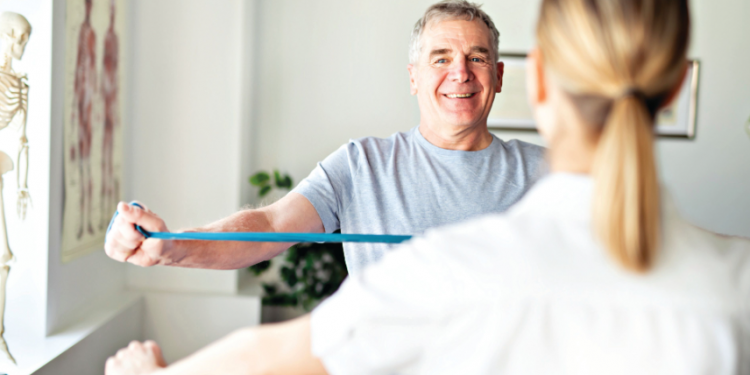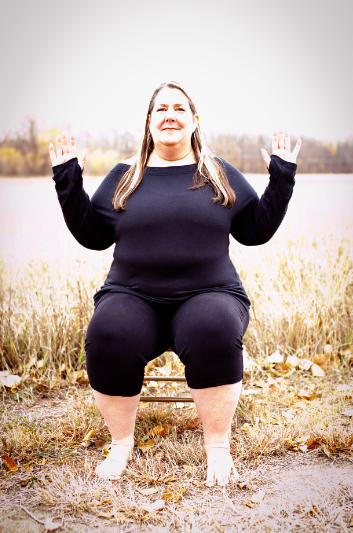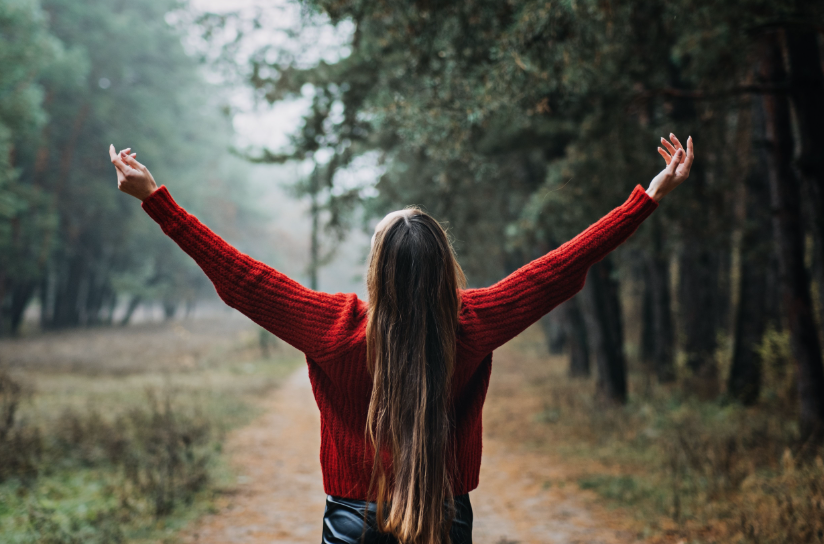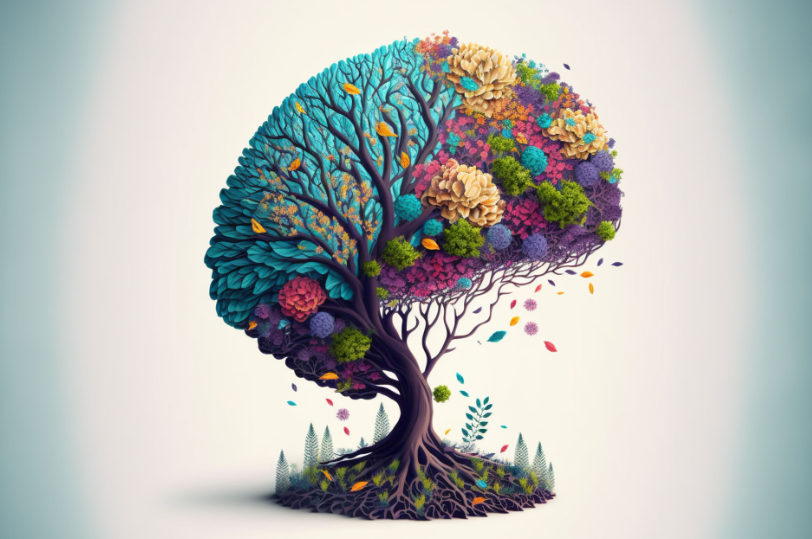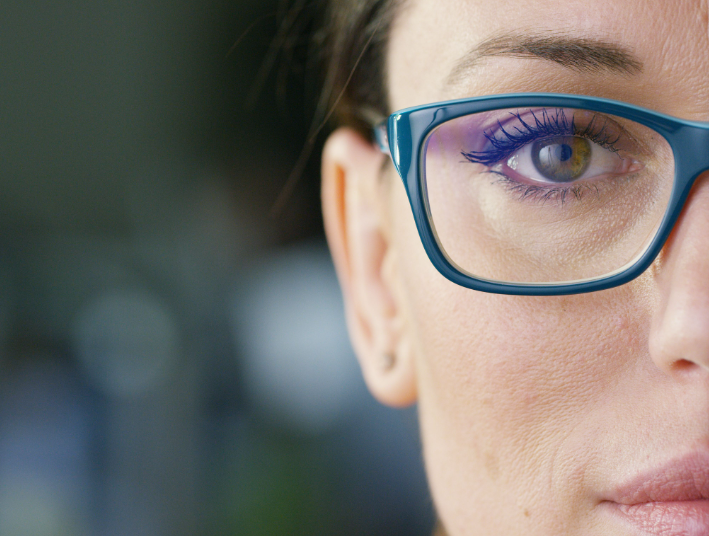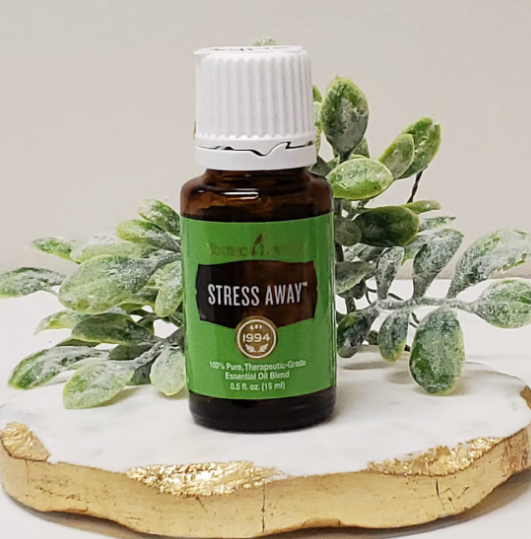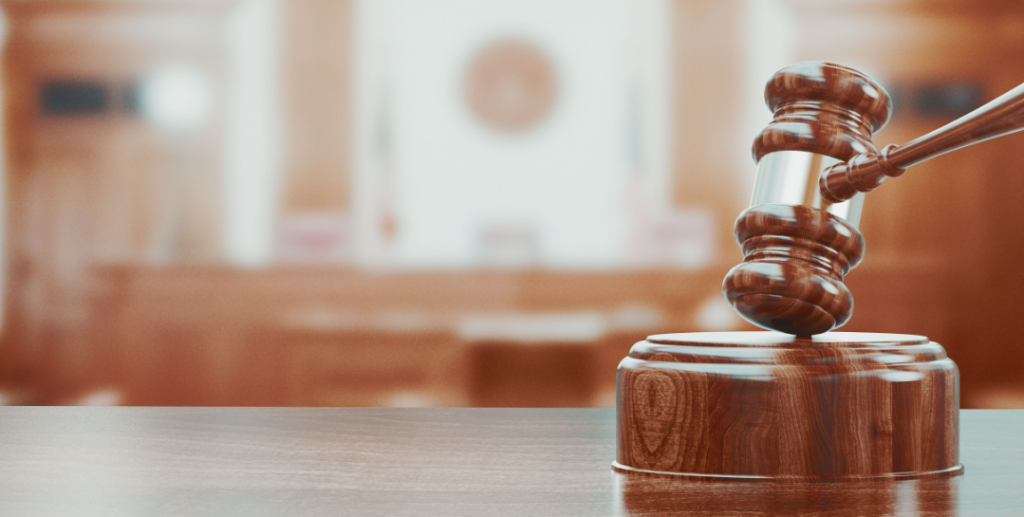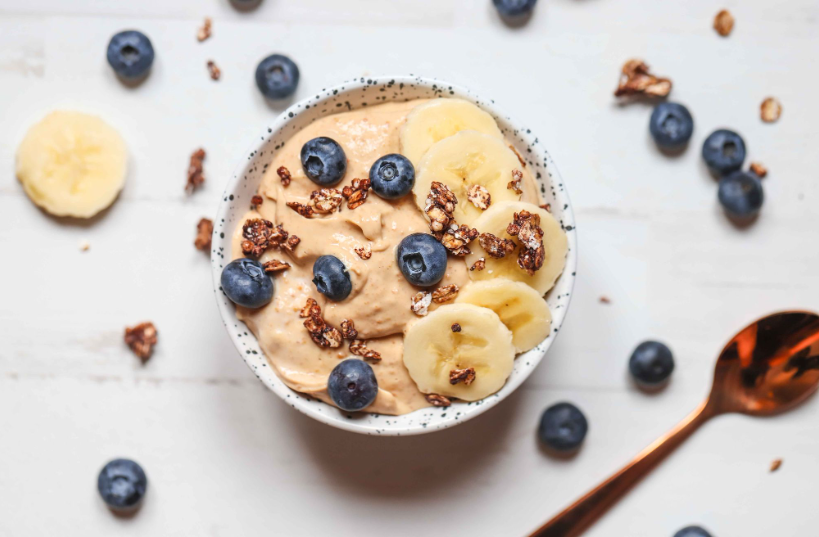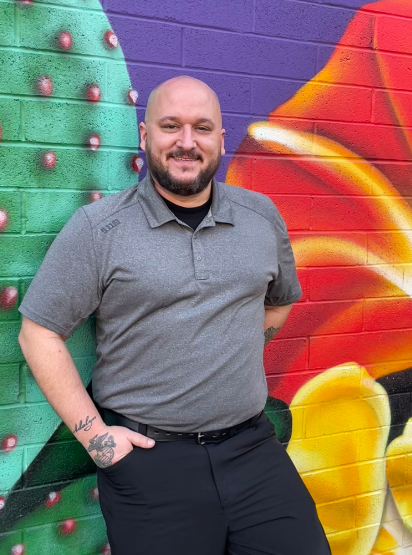by Dr. Kassie Kaas, DC
Proprioception, also referred to as kinesthesia, is defined as your ability to sense your movement or body position. That internal awareness helps you determine if you are standing, seated, in motion, or experiencing a gravitational force even with your eyes closed.
Millions of special receptors located in joints, tendons, skin and muscles help proprioception. These receptors keep in constant contact with the brain, transmitting messages which get processed along with messages from the visual and vestibular systems to create an accurate assessment of where the body is in relationship to its surroundings, self, and active motion. This complex procedure gives us the ability to move safely and accurately through our environment without much forethought or planning. It is how we are able to accomplish everything from navigating a dark room to eating to sprinting around a baseball diamond.
To illustrate what proprioception is and to test your abilities, try the following:
- Close your eyes and touch the tip of your nose with your right forefinger, repeat with your left.
- With your eyes closed, touch the center of your left knee with your right pinky finger.
- Try to walk in a straight line, heel to toe, without losing your balance.
- Place your feet together and stand for 30 seconds with your eyes closed.
- Try standing on one foot at a time for 30 seconds.
How did you do? These challenges demonstrate your body’s ability to correctly perceive where it is in space, maintain balance, and move appropriately. Breakdowns in proprioceptive ability can lead to uncoordinated or clumsy movements, balance issues, slowed speed of movements or reaction times, frequent falls, muscle imbalances, and poor postural control. Pain signals can be upregulated causing numbness, tingling, burning, and other painful sensations in otherwise healthy limbs or parts of the body.
Discrepancies in how the brain perceives the body can lead to changes in movement and the development of detrimental muscular compensation patterns. This can lead to chronic low back pain, neck stiffness, and joints or muscle groups often feeling tight or sore. Good proprioception leads to proper biomechanics when moving and less joint and muscle pain, as well as reduced potential for injuries.
Certain conditions can negatively impact proprioception. These include:
- Brain injury/concussion
- Peripheral neuropathy
- Arthritis
- Neurodegenerative disorders like Parkinson’s disease, ALS, or Huntington’s disease
- Multiple Sclerosis
- Stroke
- Physical trauma to the body
- Joint replacement surgeries
- Issues with the spinal cord or disc herniation
Age-related changes can also happen to the nerves, muscles, joints, and brain, which can cause loss of proprioceptive function. As people age, sometimes their walking speed will decrease. Fine motor skills can become quite diminished; they might rely heavily on armrests to rise out of a chair, and going up and down stairs can be difficult. These might be considered common age-related changes, but they should not be considered normal. These alterations in movement often signify declining proprioception and can increase a person’s fall risk dramatically.
These changes can be countered by specifically stimulating the body to drive proprioceptive feedback to the brain. Physical modalities including core and balance exercises help enhance the brain-body connection. Yoga and Tai chi are two excellent activities which encourage participants to slow down and focus on body placement and movement awareness.
Thermal, tactile and electrical interventions are incredibly useful in promoting the proprioceptive feedback system. Hot packs, ice baths, vibration, chiropractic adjustments, and electrical stimulation can all be used on different parts of the body to drive sensory information into the system and help the brain have better awareness and connection.
When repeating interventions, the brain undergoes neuroplasticity and improves or repairs damaged or underperforming neural pathways. Repetition allows efficient, advantageous pathways to form and reinforce, improving accurate proprioception and motor movement. As the saying coined by neuropsychologist Donald Hebb goes, “neurons that fire together, wire together.”
In addition to proprioception abilities, it is important to also be assessed for visual and vestibular system dysfunctions. All systems must give correct, cohesive information for optimal function. It is often common in acquired brain injuries such as concussions for multiple systems to be malfunctioning. This can compound symptoms and may cause individuals to feel like they are spinning or floating, trigger nausea, and impair their overall sense of self. It may even impact the autonomic nervous system, causing symptoms of Postural Orthostatic Tachycardia Syndrome (POTS).
A thorough examination will determine which different pathways over or under function, which systems provide inaccurate information for the brain to decipher, and how the body currently compensates. Targeted therapies and interventions such as those previously listed can help the brain and body to reorganize and better interpret incoming stimuli. Once all systems are properly calibrated and able to correctly process the information, optimal outputs can take place. This can greatly reduce associated symptoms and return patients to a recovered state of function.
A skillful exam and appropriate interventions have the potential to improve outcomes regardless of the age of the patient or length of time with dysfunction. The human brain and body are capable of amazing achievements in healing when correctly assessed and cared for.
Dr. Kassie Kaas, DC earned her Bachelor of Science from the University of Minnesota-Duluth in Biochemistry and Molecular Biology. She went on to earn her Doctorate of Chiropractic from Northwestern Health Sciences University. She has completed additional training in Functional Neurology and Functional Medicine and is a Bredesen Protocol Certified Practitioner. Her primary focuses of care include brain injury rehabilitation, helping patients balance their hormones throughout life’s transitions, and creating effective and comprehensive care plans for those suffering with cognitive decline, dementia, and Alzheimer’s disease.

